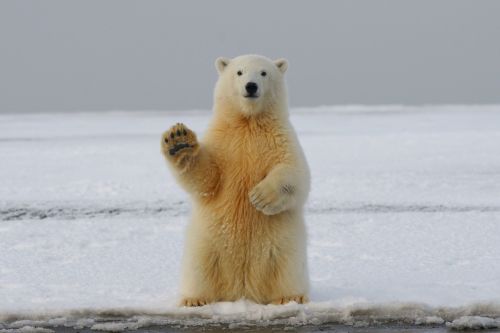International Beaver Day is on 7th April
Posted on
The 7th April is International Beaver Day.
Beavers can be quite controversial animals in the natural world; personally I admire them for their incredible engineering skills.
About 400 years ago, beavers were hunted to extinction in the UK but they are being re-introduced (with caution) in the hope that they will help restore our wetlands to their natural state and also reduce the impact of flooding.
Forestry England has produced this video showing why beavers build dams. Their teeth are really quite something (the beavers, not Forestry England.)
Now, a number of the UK's Wildlife Trusts have beaver appeals and they are Dorset, Derbyshire, Devon, Cheshire, Cornwall and Kent.
The Wildlife Trust's website describe beavers as the engineers of the animal world and looking at the video above, it's easy to see why.
To support the Wildlife Trust's conservation efforts, you could Adopt a Beaver either for yourself or as a gift for a nature lover!
Of course you should also take a look at the Beaver Trust. I hope they won't mind me quoting their very exciting mission which is:
"to recover Britain’s waterways and landscapes through the rapid and widespread re-establishment of beaver wetlands across whole river catchments."
Their belief is that beavers are a practical, low-cost solution for long-term restoration. They can help revesse the trend of extinction of British wildlife. You can see from their map where beavers are in the UK.
Furthermore, the Beaver Trust reports that in the US West, land managers and scientists hare using beaver dam analogs to do three things:
- To heal damaged streams
- To re-establish beaver populations
- To help wildlife
And they've seen positive changes in 1 to 3 years in many cases! Find out all about it here
Visit their website to have a good look round and see how you can help.
